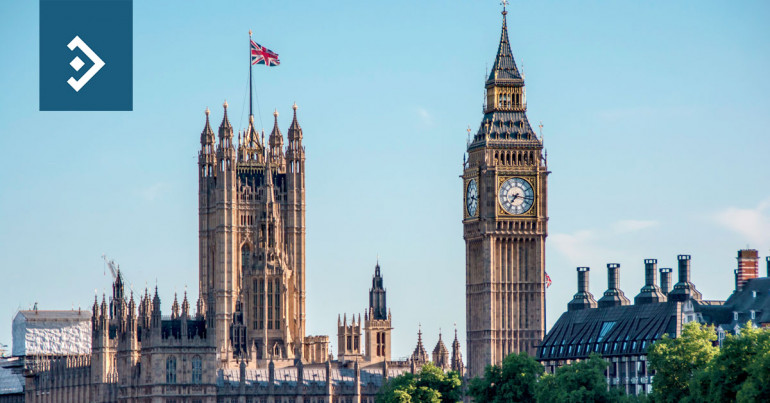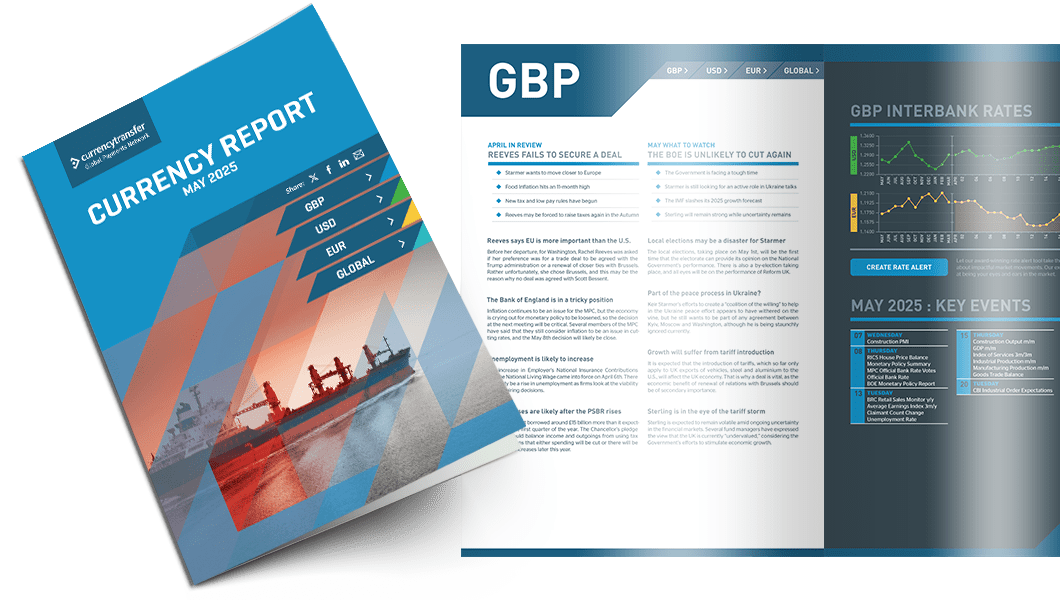
Highlights
- Labour steps back from green commitment
- U.S. CEO’s sentiment index turns positive
- Is the eurozone economy bottoming out?
Either shipping in the Red Sea or energy price rises could see inflation rise again
Realizing that she is a lone voice standing for the hawkish “team”, she is struggling to find justification for her view that inflation remains the most significant factor currently driving the UK economy.
In her speech yesterday, she alternated between the attacks on shipping in the Red Sea and a possible rise in energy prices to rationalize her opinion, which is becoming more than a little outdated.
She struck a marginally less hawkish note in her final remarks, in which she acknowledged that her vote to hike rates at the most recent MPC was finely balanced, a sign that she is beginning to moderate her position.
Following his clash with the Prime Minister at Prime Minister’s Questions on Wednesday, the Labour leader, Sir Keir Starmer, was faced with the unenviable task of announcing another U-turn in his Party’s policies.
More than two years ago, Starmer committed that Labour would invest $28 billion a year in green energy initiatives were it to win the General Election. In the intervening period, he has faced ever more strident calls to show that he would be able to fund such a commitment.
A few months ago, Starmer watered down his “promise” to a “commitment”. This led to speculation, which was realised yesterday, that he would have to reconsider.
In an interview yesterday, Starmer was forced to confirm that such a promise would be unattainable. Should he win the Election, Starmer could only commit to an investment of £4.8 billion.
This has given the Government ammunition to question how many of the opposition’s other flagship policies are unachievable.
Following the announcement, the Prime Minister appeared on TV to say that Labour had shown that it has no plan at all for the economy and although the past two years had been tough, since the start of 2024, it was evident that the Conservatives have a plan, and it is working.
Sterling is still driven by comments made by rate-setters, even though they are not going to affect monetary policy.
Yesterday, the pound fell initially against the dollar to a low of 1.2572, but it recovered to close marginally lower at 1.2618.

Read our latest currency report
Most impactful events planned this month and how they could impact your business
Both hawks and doves see rate cuts, but when?
Fed Chairman Jerome Powell does not want to agree to a cut in rates “for the sake of it” as while there has been significant growth across several areas of the economy in recent months/quarters, job growth continues to be higher than he would like, while average wages are still increasing faster than inflation.
His chief ally in this view is Cleveland Fed President, Loretta Mester who has made two speeches this week in which she has called for rate cuts to only be made when there is unambiguous evidence that rates are anchored at or close to the target of 2%.
Both Minneapolis Fed President, Neel Kashkari and Atlanta Fed President, Raphael Bostic, have said this week that they are prepared to be “persuaded” that the time has come for rates to be lowered.
It has become clear that, overall, there is a concern amongst FOMC members that they are not willing to risk reversing the “good results” that they have achieved in raising rates and then pausing at the opportune time to achieve their commitment to protecting jobs while lowering inflation.
The volume of fiscal support that the Administration gave during and immediately following the Pandemic is gradually being absorbed into the mainstream economy, and until that has been achieved, rates are likely to remain on hold for one, or two, further meetings.
It seems that Donald Trump is facing issues over his suitability to stand as a candidate in this year’s Presidential election. In court yesterday, President Biden received good and bad news about his candidacy.
While he was cleared of any wrongdoing in his handling of classified papers when he was Vice-President to Barack Obama, the court heard that it was evident that he was unable to remember his time as VP.
It is unlikely that Biden will not feel able to stand in the election, but it may convince the voters that the Republican Candidate, no matter who that may be, would be a more reliable choice.
The dollar index appears to have formed a base at higher levels following a slightly more hawkish outlook on rate cuts this week. Yesterday, it rallied to a high of 104.43 and closed at 104.14 bouncing off support that is now set at 103.90.
ECB chief economist says he needs assurance before committing to cuts
He has alternated between saying that a soft landing for the Eurozone economy is still achievable, to stating that rate cuts may be possible as soon as next month, only to change his mind and say that he and the majority of his colleagues want to see the Q1 wages data before committing to a cut in rates.
It is not surprising that he has become confused about the intentions of Christine Lagarde and the rest of the Council when this week alone, Isabel Schnabel, who is a member of the ECB’s Executive Board has spoken with an unwarranted degree of authority about the need to delay rate cuts, and the Vice President of the Central Bank, Luis de Guindos, has spoken with an equal level of authority about the need for rates to be cut sooner rather than later.
Christine Lagarde is still a slightly less convinced member of “Team Hawkish”, but even she has changed her mind over the past few months about the short-term path for interest rates.
There is little doubt that rates will have to be cut this year to encourage growth in the Eurozone’s economy, despite the words of arch-hawk Robert Holzmann that it may not be possible to cut rates at all.
The overarching issue appears to be wages, particularly in the various public sectors that make up the Eurozone. Pay continues to rise at a faster rate than inflation and has done so for almost a year. It is a challenge to align wages in individual Eurozone members with the average rate of inflation for the entire region, since in some states they are not keeping pace with price increases “at home”.
While it is acceptable, given the lag between the effect of wage increases, when compared to inflation, for them to outpace prices initially, the lack of any fiscal union means that in certain countries more powerful unions and other worker’s groups have the upper hand.
This begs the question that if wage growth is still above the rate of inflation in the first quarter, when will the ECB feel sufficiently confident to cut rates?
Everyone, it seems, can agree that they need to be assured that inflation is anchored at the 2% level before rates can be cut.
The Euro is still in thrall of the timing of rate cuts. Yesterday it rallied marginally to a high of 1.0788 and closed at 1.0877. There is resistance at 1.0800 which may prove an obstacle to any further strength.
Have a great day!

Exchange rate movements:
08 Feb - 09 Feb 2024
Click on a currency pair to set up a rate alert
Alan Hill
Alan has been involved in the FX market for more than 25 years and brings a wealth of experience to his content. His knowledge has been gained while trading through some of the most volatile periods of recent history. His commentary relies on an understanding of past events and how they will affect future market performance.